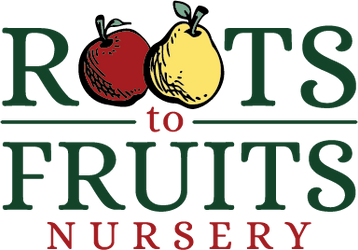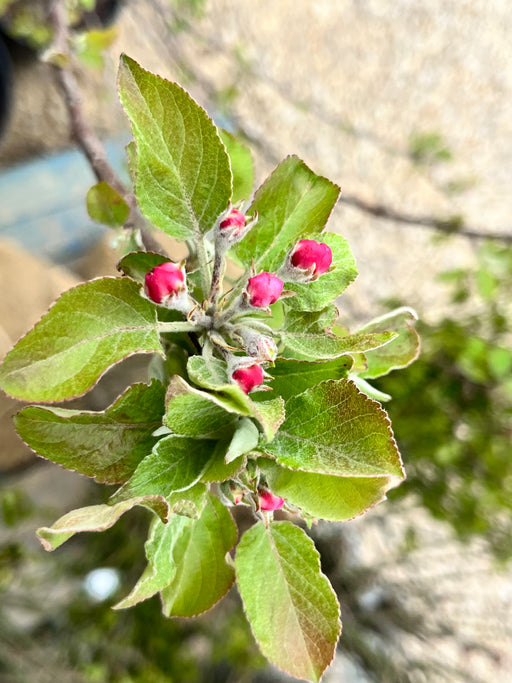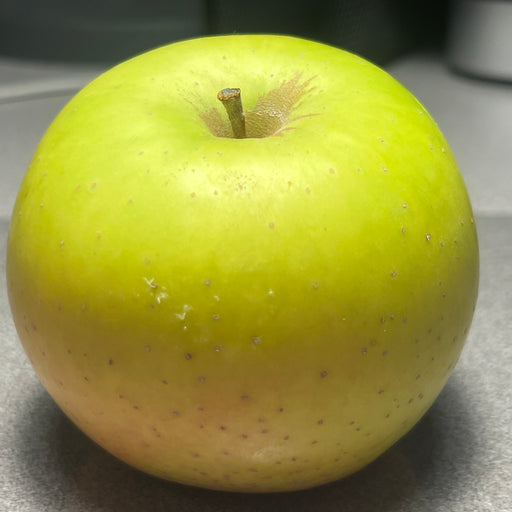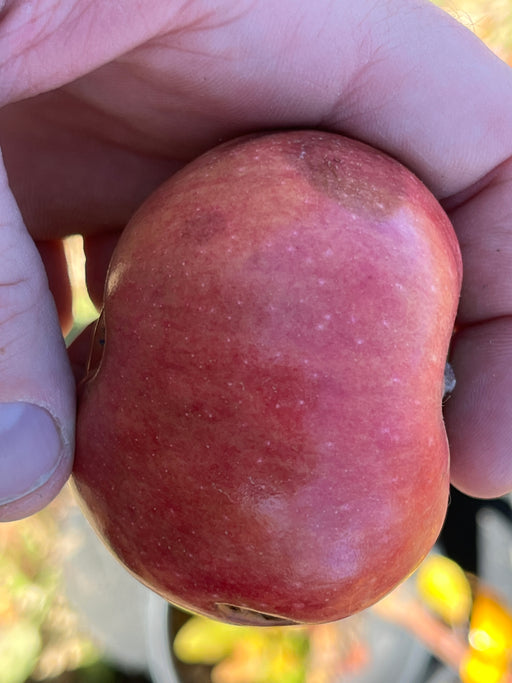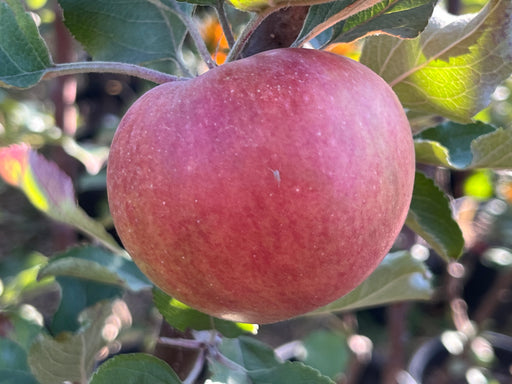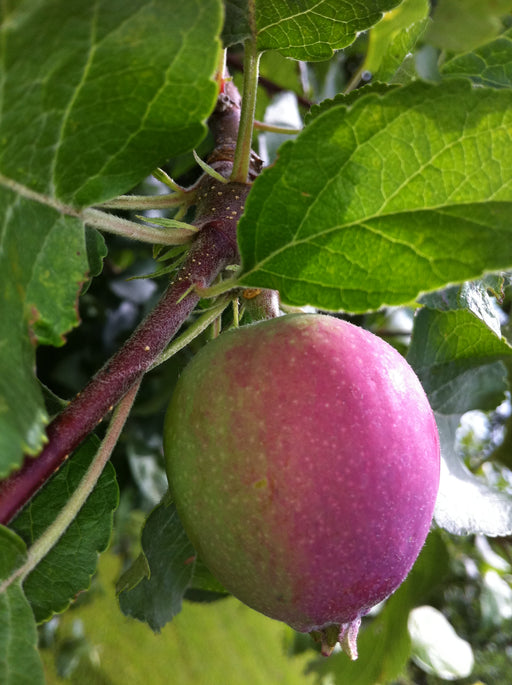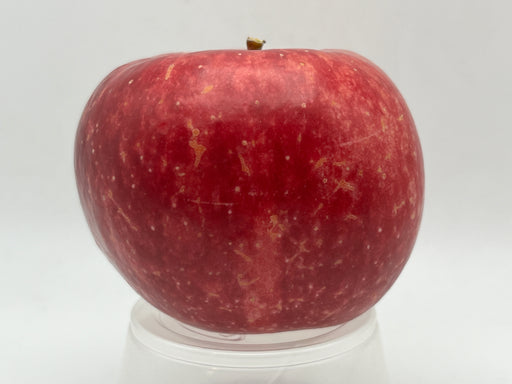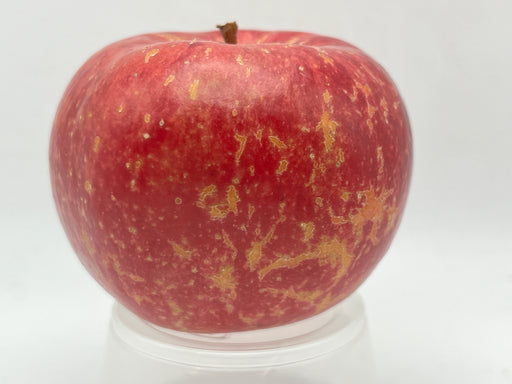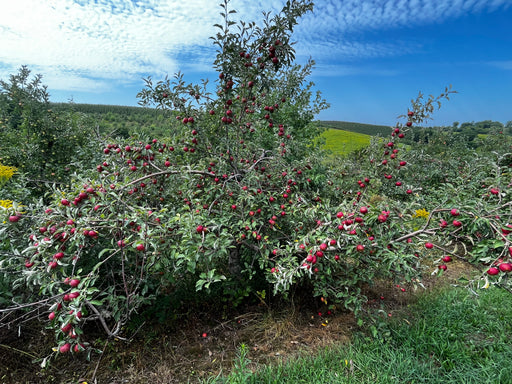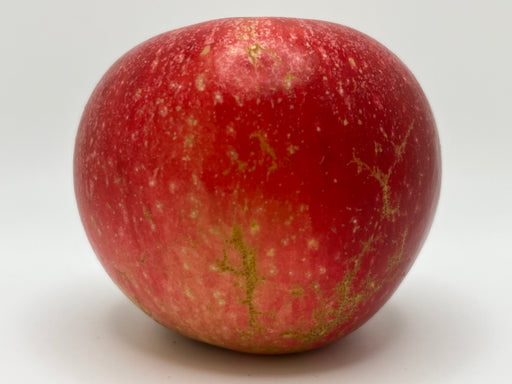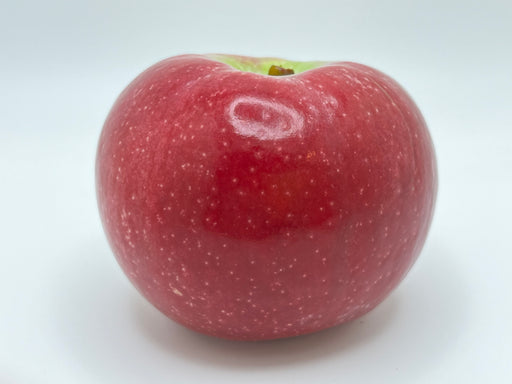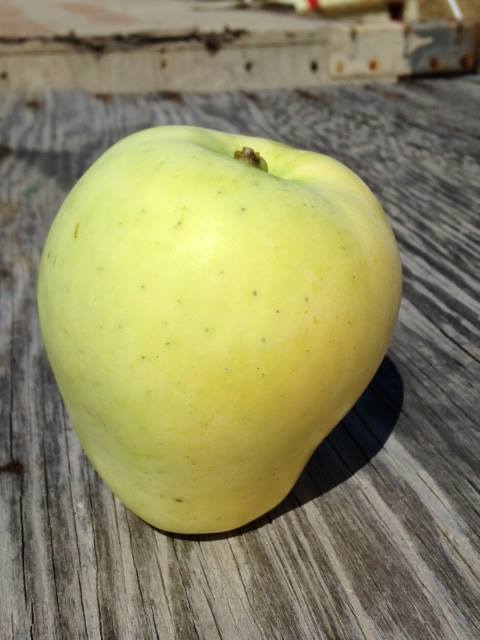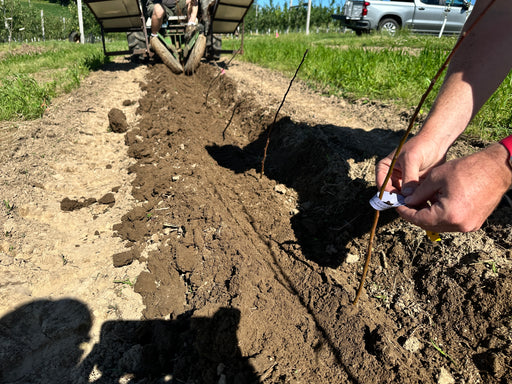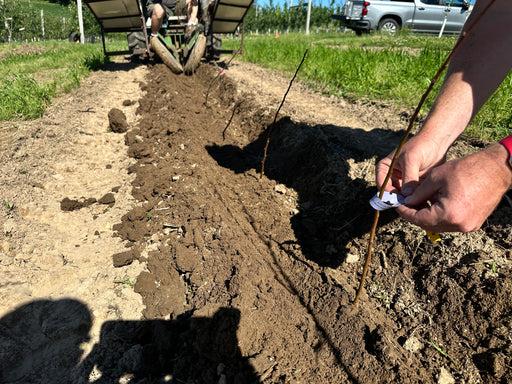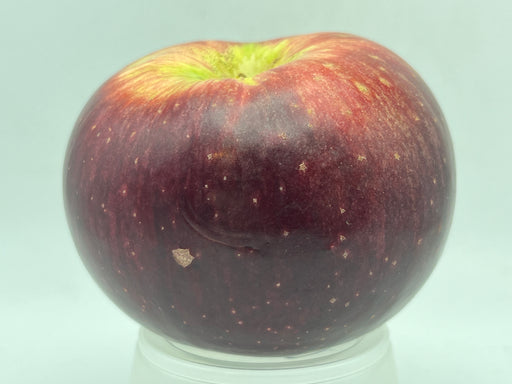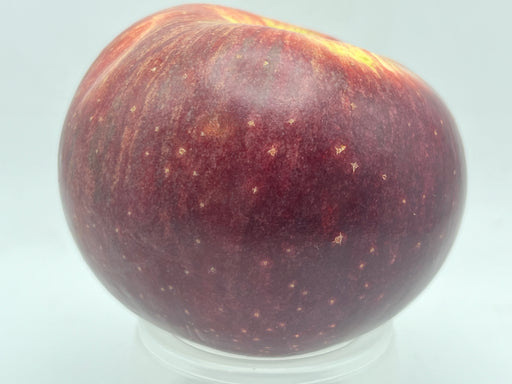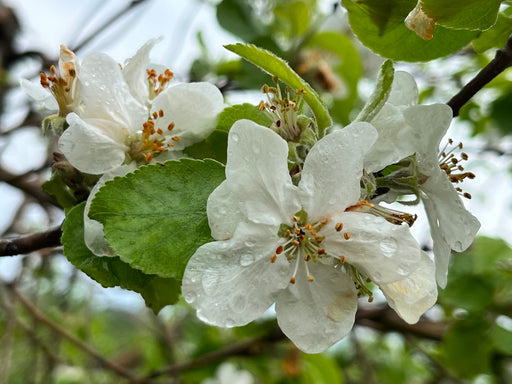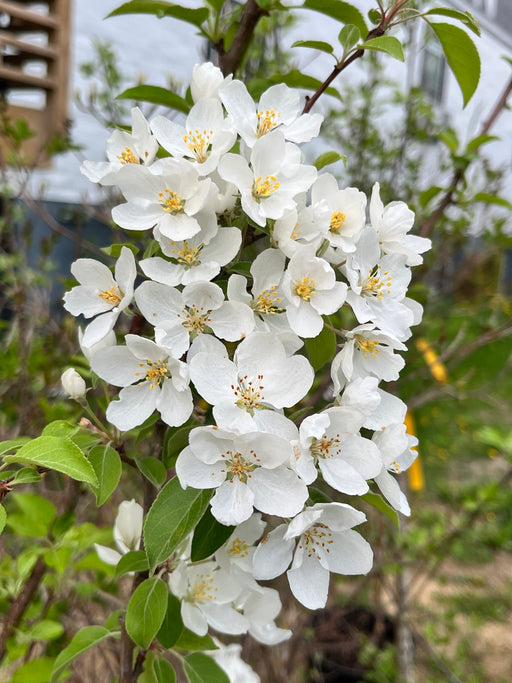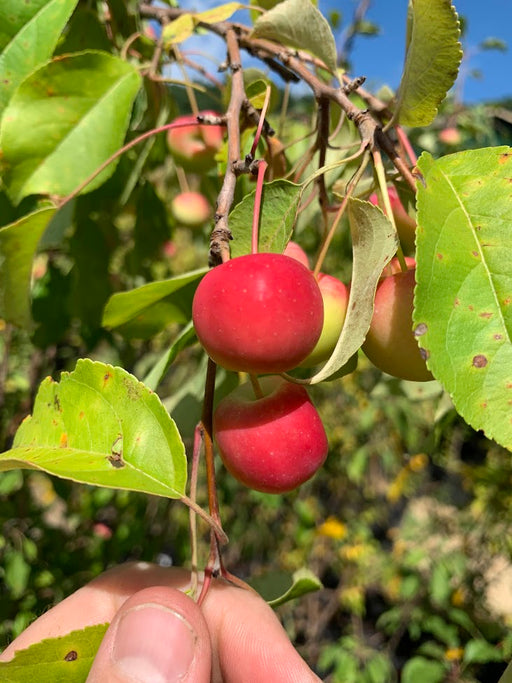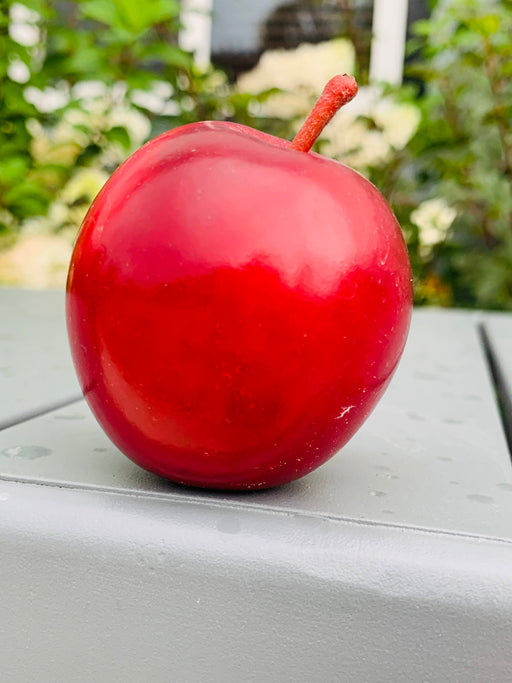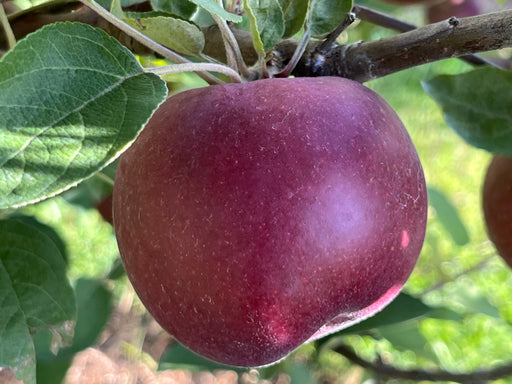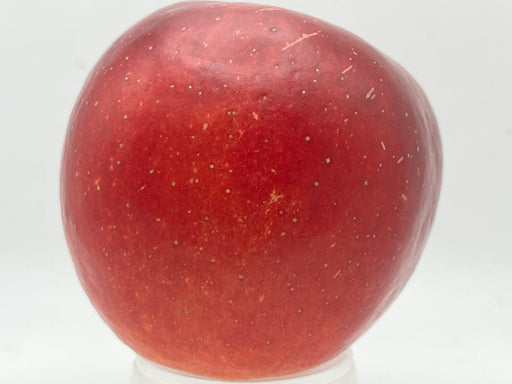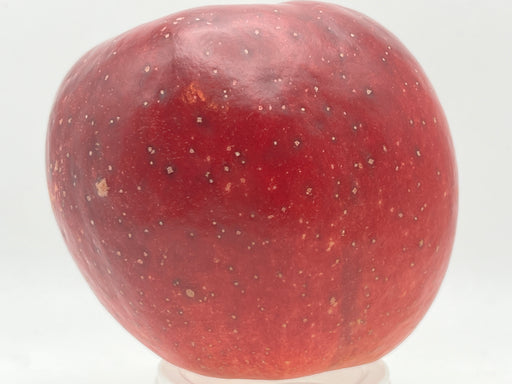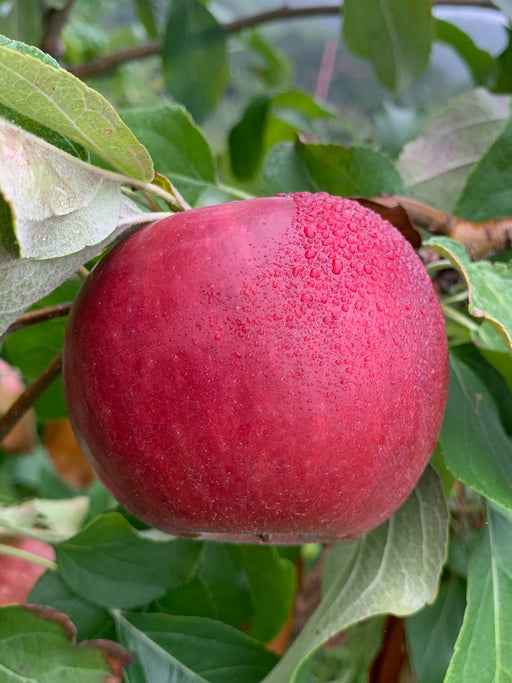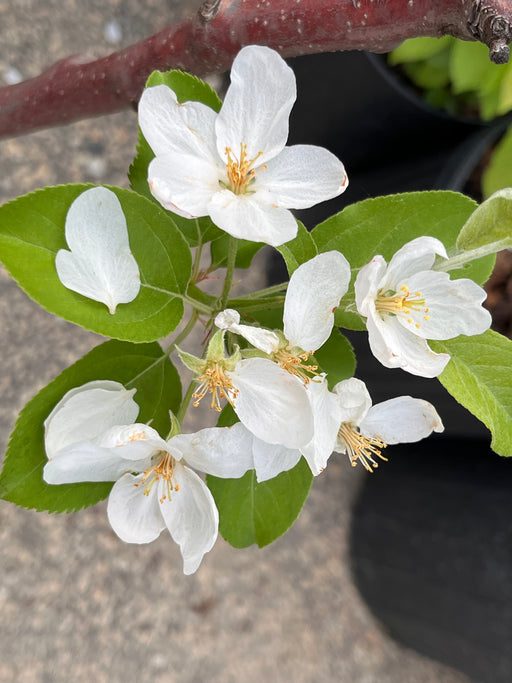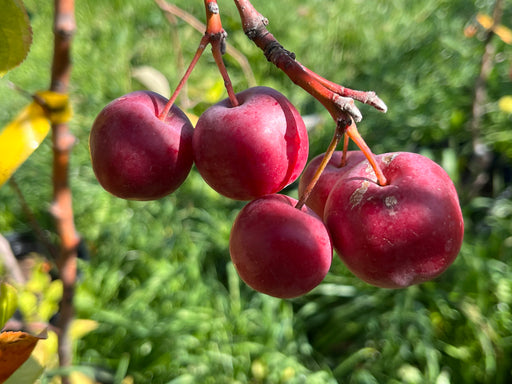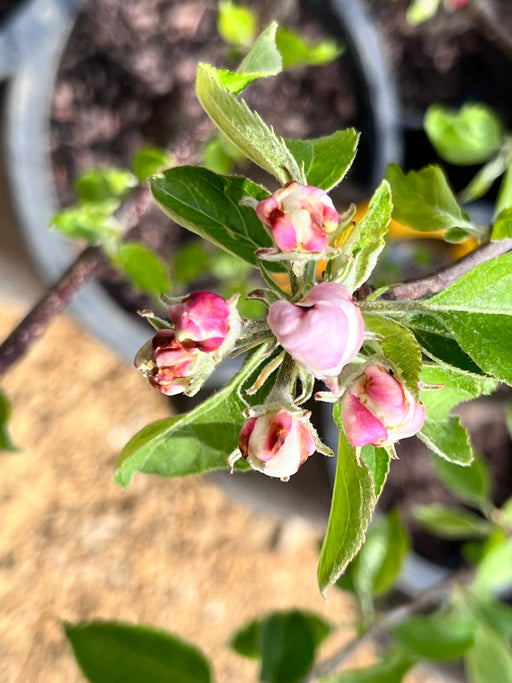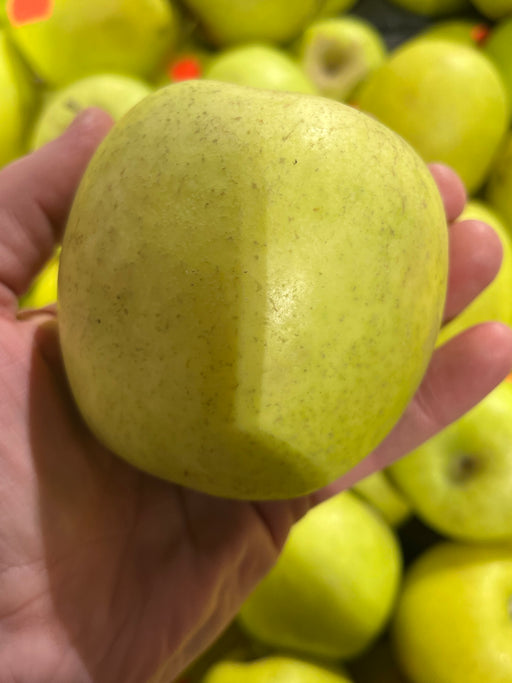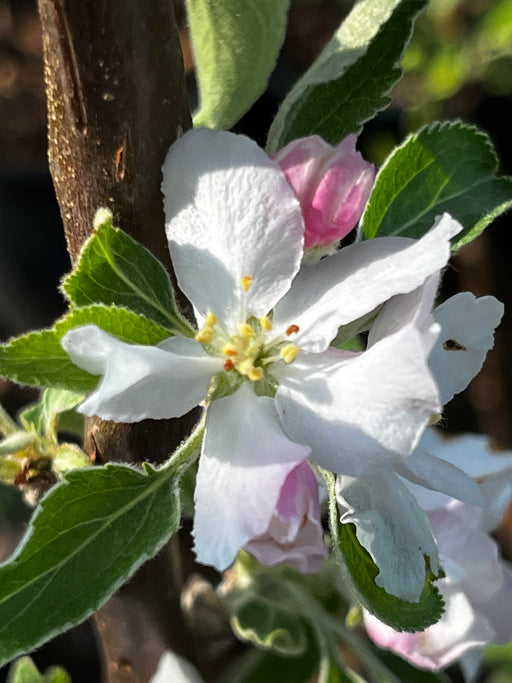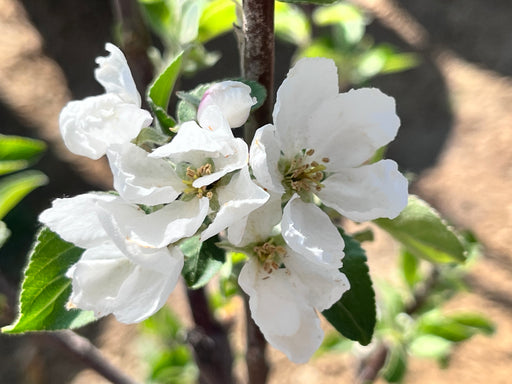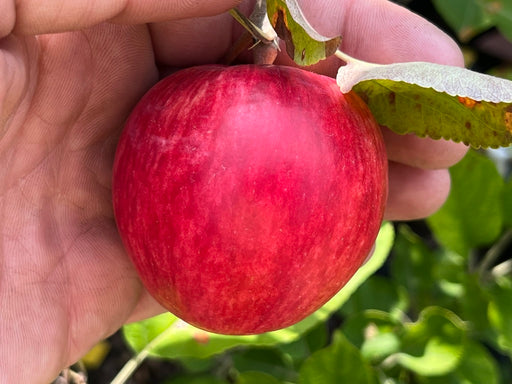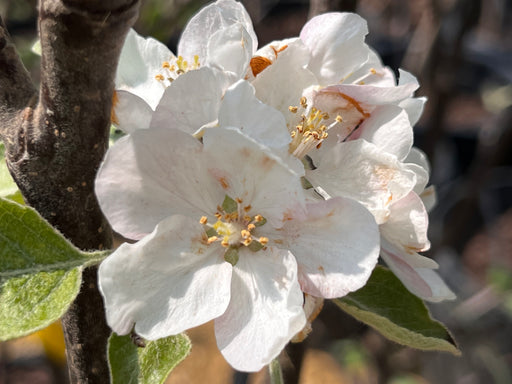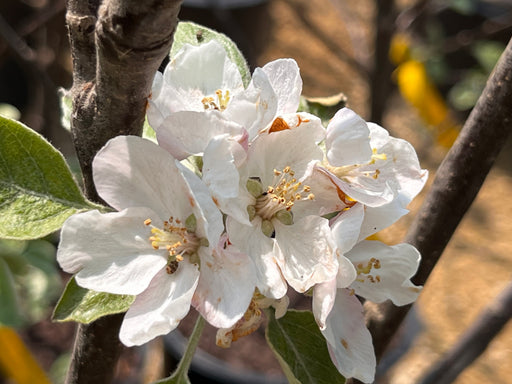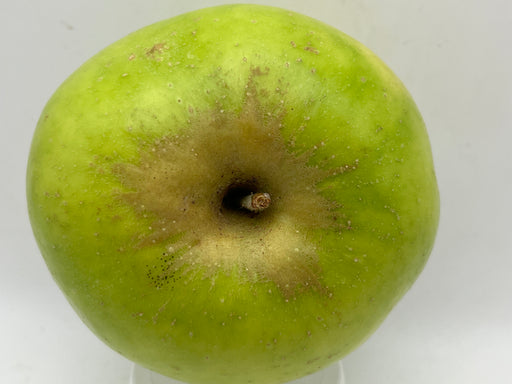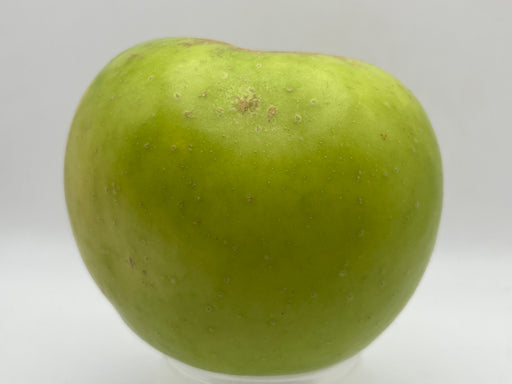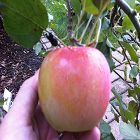Apple Trees
Our apple trees, like many fruit trees, are propagated by grafting. There are two parts to an apple tree. The scion is the fruiting part of the tree, which gives you the variety of the apple, and the rootstock, which influences the mature size and hardiness of the tree, and determines the time it takes for the tree to fruit. We sell Standard, Semi-Dwarf, Dwarf, and Mini-Dwarf trees that do not require a lot of space and yet, will bear large fruit.
A few key notes on successful planting methods:
- Trees must be planted in well-drained soil
- Six hours of sunlight; full sun preferred
- Stake all trees for the first two years
- Dwarfs must have permanent stakes
- Tree guards should be used
- Plant at least two different apple tree varieties for Cross-Pollination
- Plant disease-resistant trees for less maintenance; we are happy to help make any suggestions you might need
We categorize our apple trees into at least five sizes: Petite, Maiden, Field Ready, Hand Select, and Container depending on the size of the tree. The Petite tree is our smallest graded tree less than 2 years in age; Maiden trees are usually 2 years old and are branchless. These are also called whips and will bear in 2-3 years. A Field Ready tree is 2-3 years old and might have some lateral branching, be thicker above the graft, and will bear in 1-2 years. The Hand Select trees are only about 20% of trees we have and are 3 year old trees, 6-9’ tall and can be heavily branched. You can expect fruiting on a Hand Select tree in about a year.
Honeygold Apple Trees
Developed at the University of Minnesota Agriculture Research Center by crossing a Golden Delicious with a cold-hardy Haralson. The result was a Go...
View full detailsHudson's Golden Gem Apple Tree
The Hudson’s Golden Gem apple is a unique and heirloom variety known for its distinct appearance, texture, and flavor. The apple is believed to hav...
View full detailsJonadel Apple Trees
Description Coming Soon! USDA Zone: 4-9 Mature Height: B.9 ~ 8-10' tall; Dwarf Sun: Full Sun Bloom Group: 4, Late Mid Season Ripening Time: Late Se...
View full detailsJonafree Apple Tree
A descendent of the Jonathan Apple- this bright red apple retains much of the Jonathan's texture and flavor while also being more disease resistant...
View full detailsKandil Sinap Apple Tree
Discovered in the Sinop Peninsula- modern day Turkey- in the 1700s. The apple is strikingly long and oblong in shape; similar to an early Strawberr...
View full detailsKeepsake Apple Tree
Released in 1978 from the University of Minnesota, this apple has been popular in the upper Midwest due to its flavor, ripening time, and cold hard...
View full detailsKickapoo Spice Apple Tree
Developed in Gays Mills, WI at the Orchard of Bill and Marlene Meyer. A spicy apple that takes advantage of the Driftless Region's unusual topograp...
View full detailsLiberty Apple Trees
Developed in 1955 at the NYSAES as an offspring of the Macoun and Purdue 54-12 (a Japanese flowering crabapple) to create an extremely disease resi...
View full detailsLodi Apple Trees
Like other early apples, the Lodi Apple is great for apple sauce and purees. It does not store well but can freeze quite easily for use later. It i...
View full detailsM.26 Rootstock
A vigorous dwarfing rootstock introduced in 1929 from the East Malling Research Station. Rootstocks are about 18" long and are ¼" in caliper. Sold...
View full detailsM.27 Rootstock
A very dwarfing rootstock~ smaller than M.9 or B.9. Needs central leader support of tree will be very small. Typically drafted with other rootstock...
View full detailsMacoun Apple Trees
Introduced by the NYSAES in 1923, the Macoun is a cross of McIntosh and Jersey Black. It is named after Canadian horticulturalist W.T. Macoun but w...
View full detailsMajor Apple Tree
An English cider apple producing a full bittersweet juice. USDA Zone: 4-9 Mature Height: G.41 ~12-14' Dwarf Sun: Full Sun Bloom Group: 3 Mid Seaso...
View full detailsManchurian Crabapple Trees
Manchurian Crabapple is a native of northern Asia. It is now grown worldwide as an ornamental and is often employed as an apple tree pollinator. It...
View full detailsMcIntosh Apple Tree
One of the most popular apples in the world today, the McIntosh (sometimes spelled Macintosh) apple gained its roots back in 1811 at a farm in 'Upp...
View full detailsMelrose Apple Trees
Developed by Freeman Howlett at the Ohio AES in 1944, the Melrose apple is the official state apple of Ohio. Its late harvest time makes this a goo...
View full detailsMonarch Apple Trees
An old English (Essex) variety bred in 1888 by crossing a Peasgood's Nonsuch (probably the coolest apple name ever) with a Dumelow's Seedling and c...
View full detailsMont Blanc Crabapple Trees
A prolific bloomer, the Mont Blanc Crabapple's bud is a bright pink in color that opens to a snow white flower after many other blooms have opened....
View full detailsMutsu Apple Trees
Also known as a Crispin Apple, the Mutsu apple is a cross between the Golden Delicious and Indo apples and originates from the Aomori Prefecture in...
View full detailsNewton Pippin Apple Tree
Description Coming Soon. USDA Zone: 4-8 Mature Heights: EMLA.7 ~15-17' tall; Semi-Dwarf M.111 ~18-21' tall; Semi-Dwarf Sun: Full Sun Bloom Group: ...
View full detailsNorland Apple Trees
The extremely cold hardy tree originated in 1980 by the Agriculture Canada Research Station in Manitoba, Canada, the Norland Apple is a cross betwe...
View full detailsNorthern Spy Apple Trees
Originating in 1804 as a seedling on the farm of Herman Chapin in East Bloomfield, NY, the Northern Spy Apple almost did not survive. Attacked by r...
View full detailsNorthwest Greening Apple Trees
N.W. Greening is a Wisconsin Native! Jasen Hatch of Iola, WI crossed a Golden Russet with an Alexander in 1849- the seedlings of the new apple were...
View full detailsNova Spy Apple Trees
Developed at the Atlantic Food and Horticultural Research Centre in Kentville, Nova Scotia in 1986, the Nova Spy became commercially available in 1...
View full details